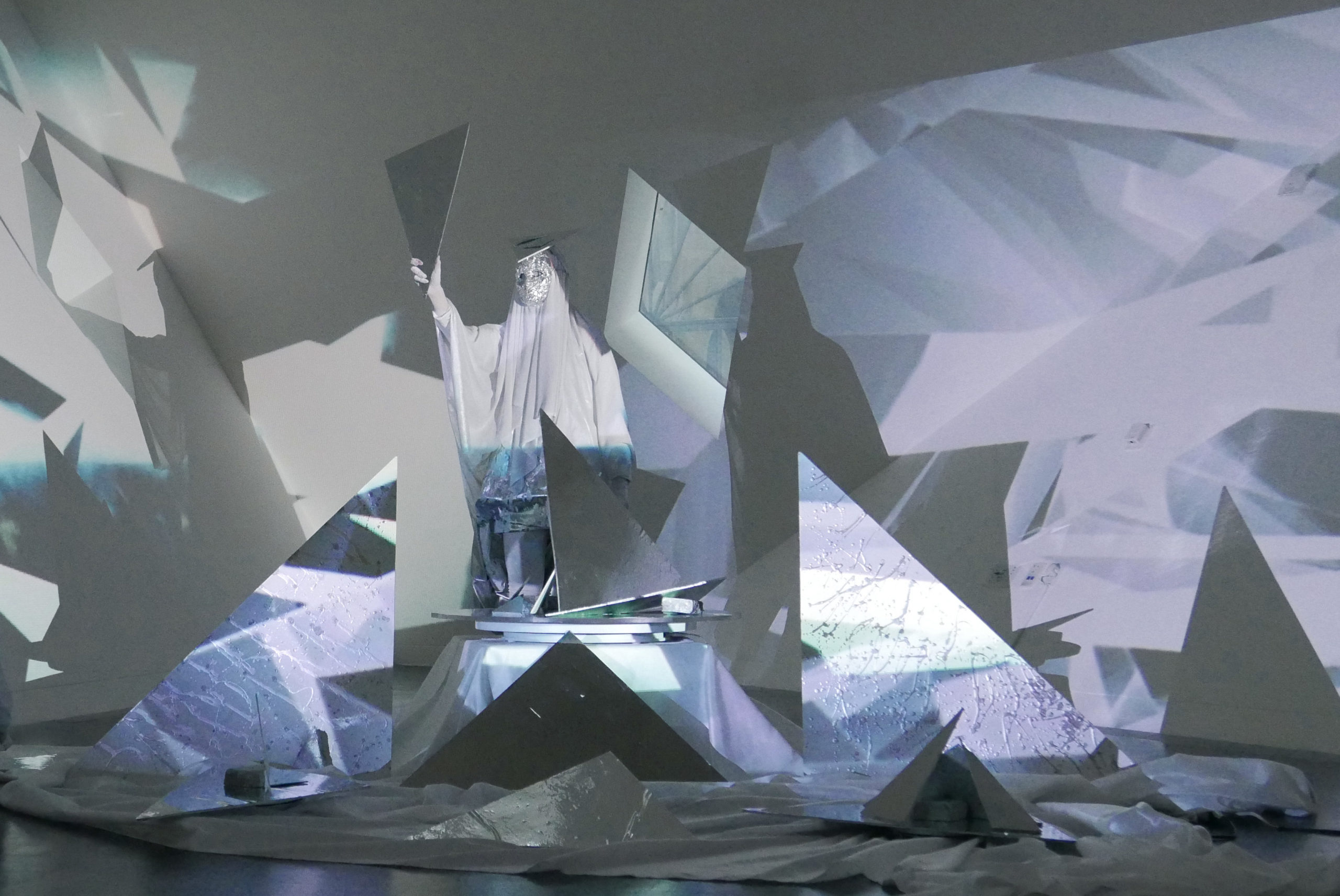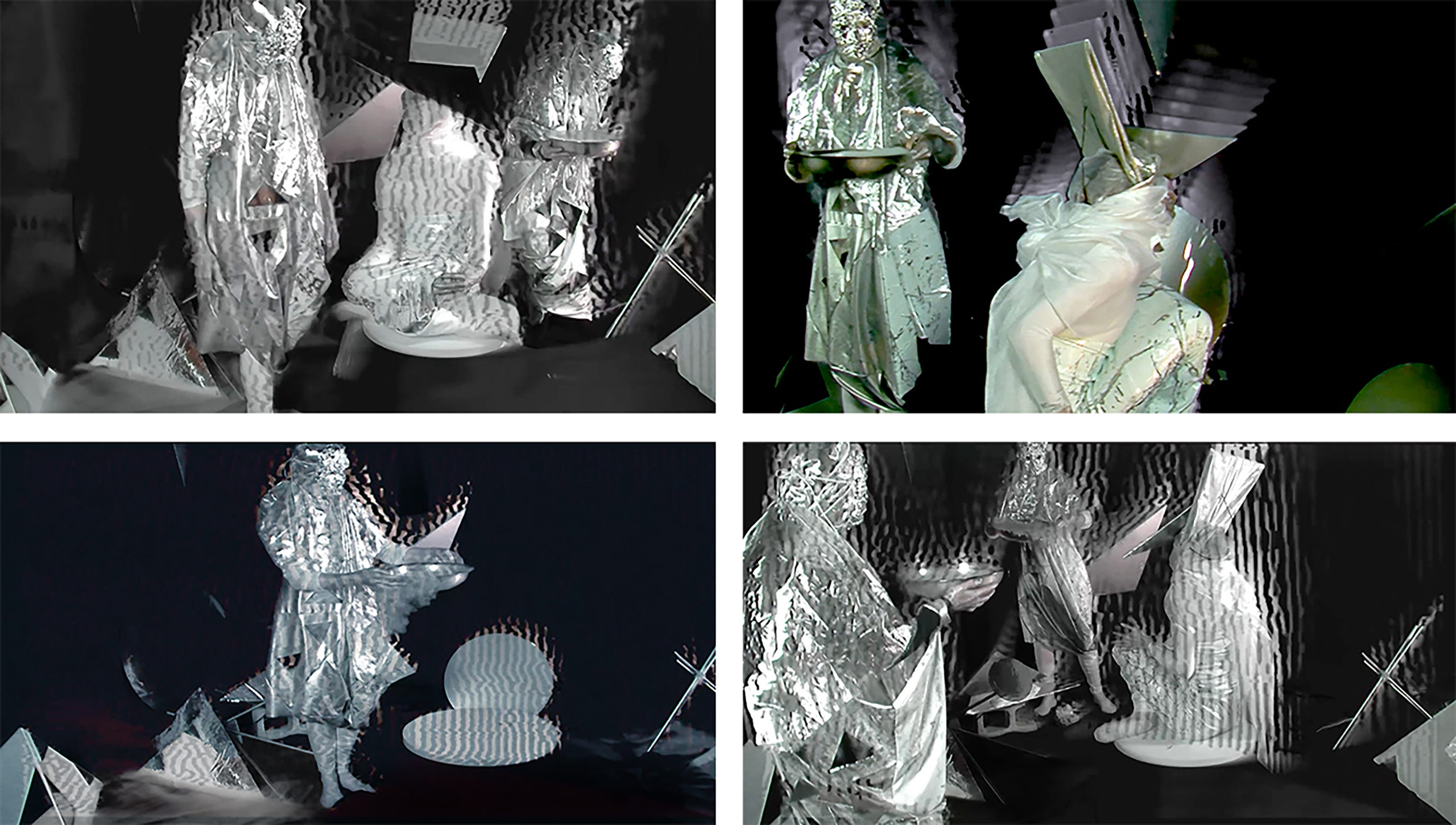ON SUZY POLING
Working in painting, collage, sculpture, performance, photography, sound, installation, and video, artist Suzy Poling activates a multiplicity of surfaces to summon new realms for expanding materiality and unseeable forces. Through digital effects, augmented repetition, and interference, experiential environments emerge from layered myriads, pulsing colorizations, or the strategic deduction and interplay between elements. In looking at the stream of visual conversations occurring within her work—whether through the lens of framing natural phenomenon, the transdimensional spaces captured through large-format renderings of miniature light and mirror sets, or through the pigmented labyrinths of her paintings—exploration permeates a process rooted in continual discovery.
In Poling’s massive artistic oeuvre, otherworldly landscapes inform one another through a process of digitization and combine to illuminate an ongoing cyclical conversation. To me, Poling is the synthesis of a visual alchemist and synthetic-biologist. She is her work, there is no beginning or end. She is a conduit, cultivating and always traversing an intermediate continuum, constantly setting up systems and allowing their quasi-forms and hybrids to emerge, collapse, and form again.
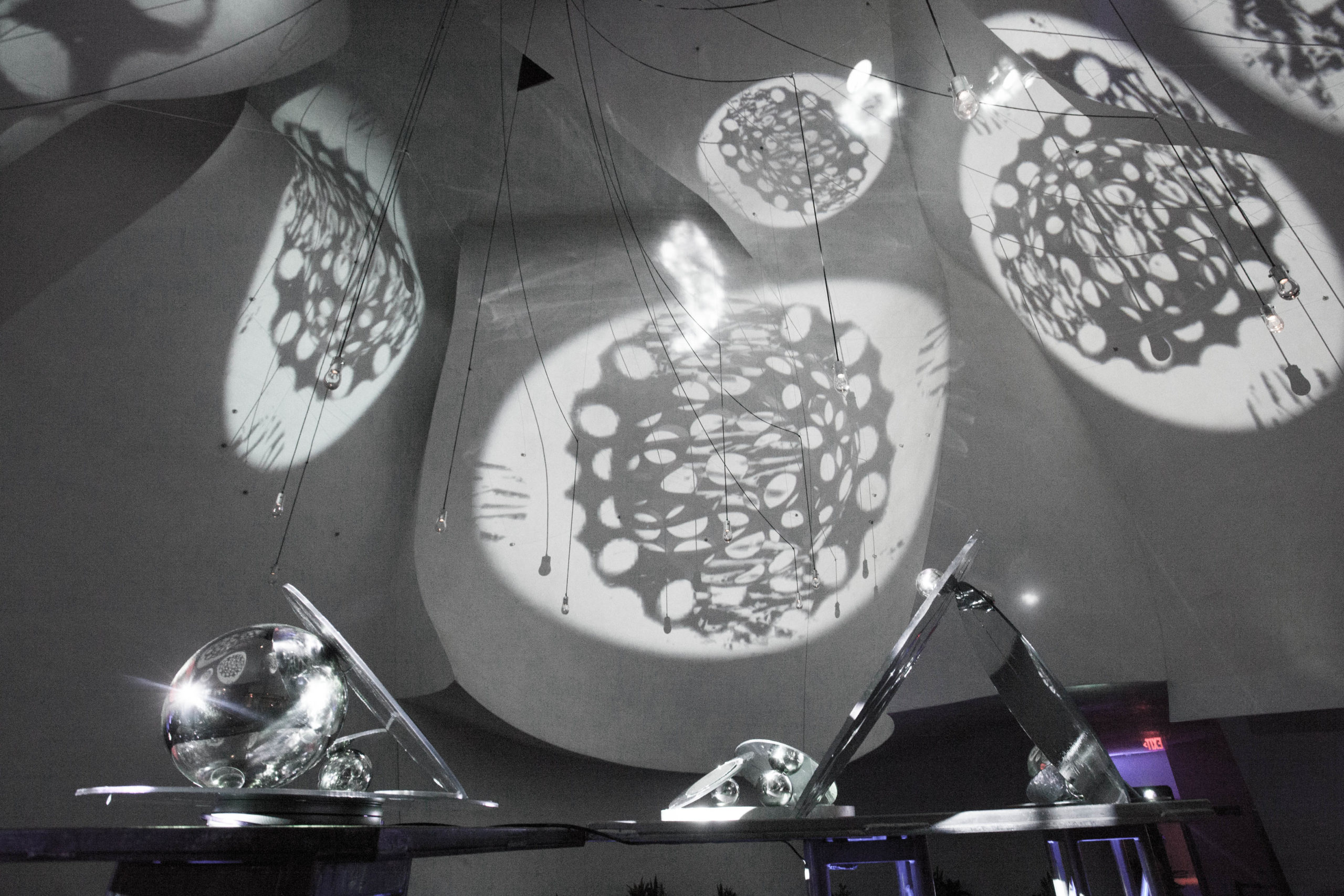
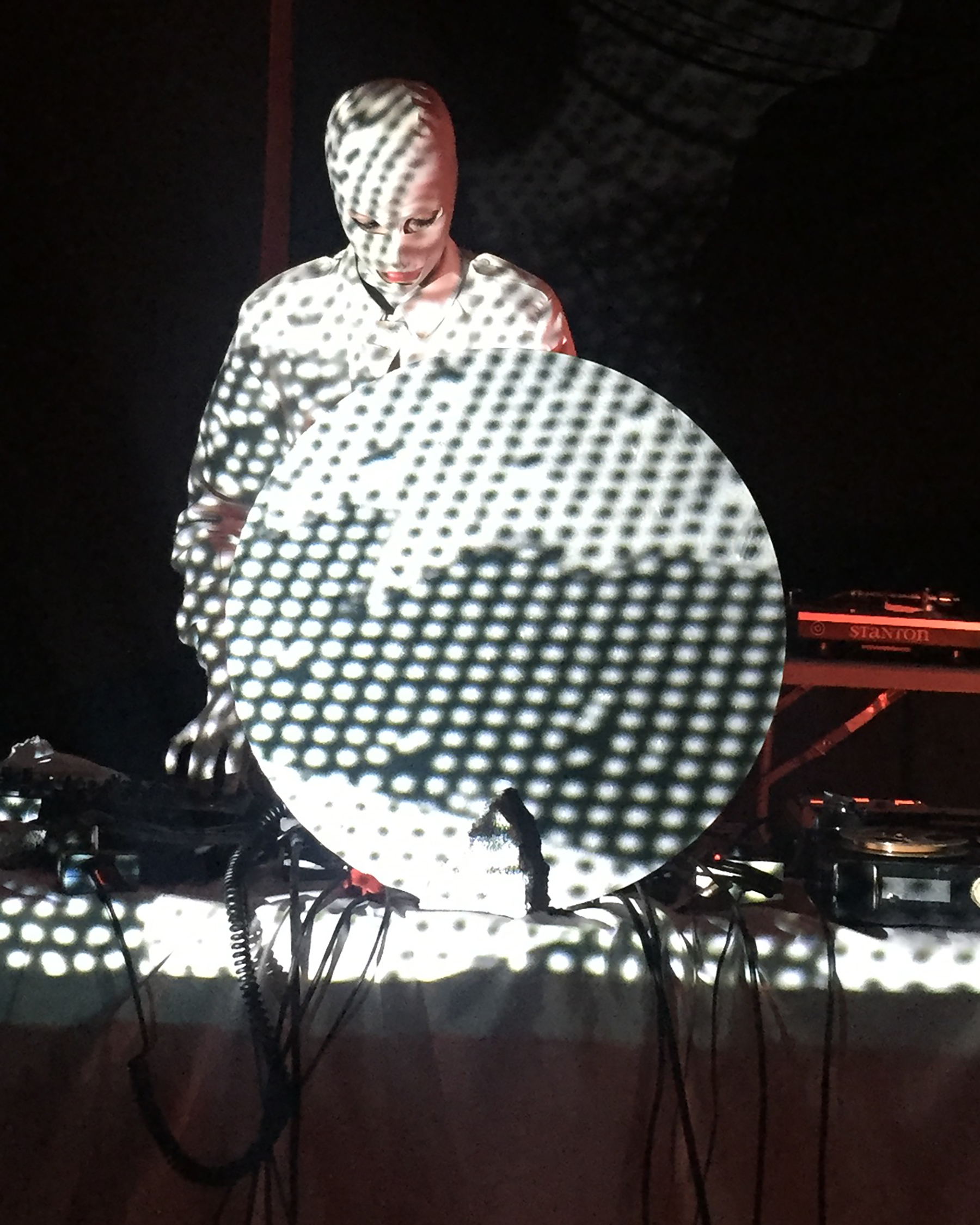
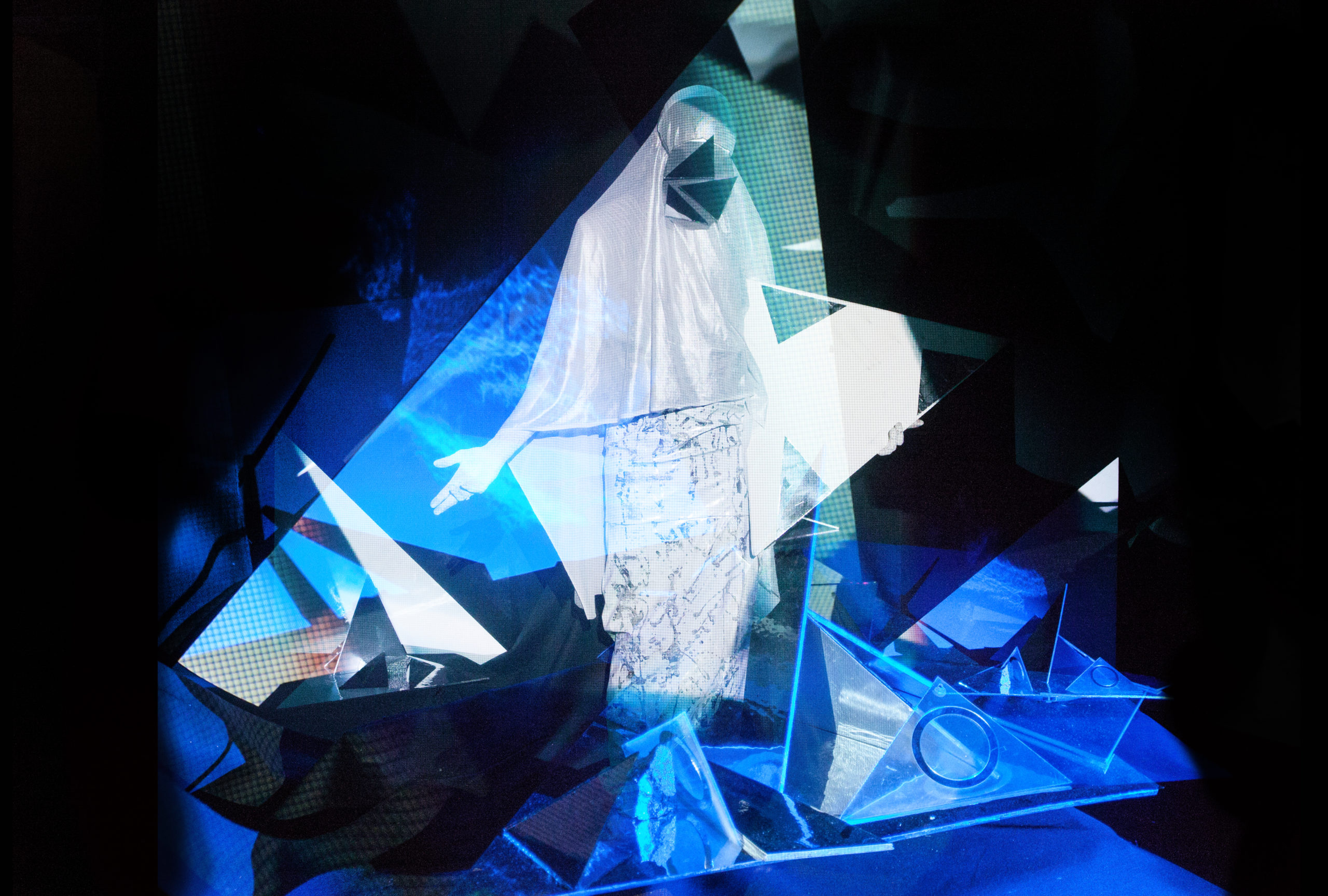
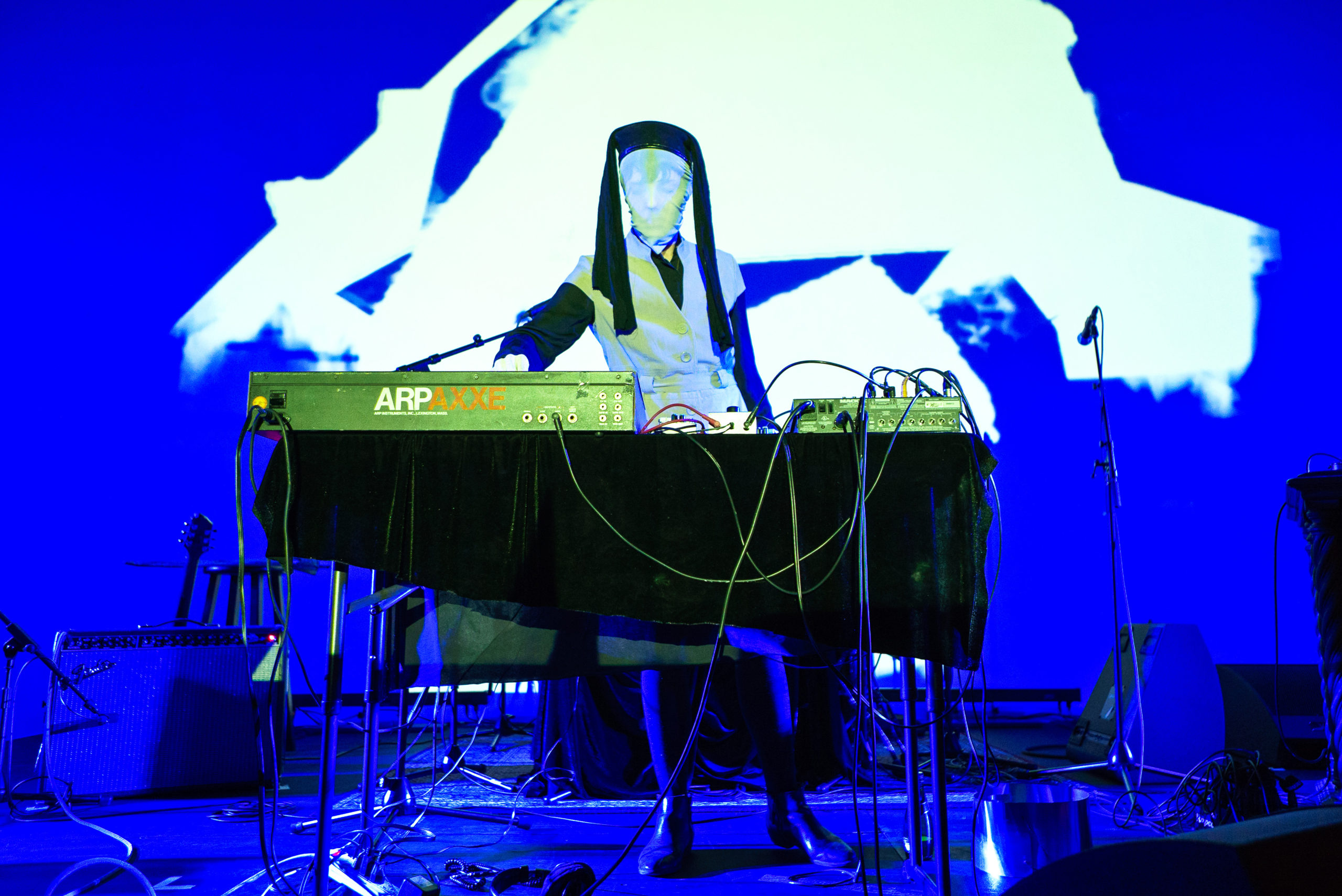
Suzy Poling/Pod Blotz is a multi-media artist working with sound, video, film, photography, installation, sculpture, painting, collage, and performance art. She researches the multi-dimensional interferences between optics, mirrors, sonic resonance, electrical synthesis, video experiments, human/alien identities, and photographic studies of geological anomalies. She is from Michigan, studied at Columbia College in Chicago, lived in the San Francisco Bay Area for almost a decade, and now resides in Los Angeles.
Visually, her work has been exhibited at the Yerba Buena Center for the Arts, Southern Exposure, Disjecta, Cal Polytechnic University, Chicago Cultural Center, Australian Center for Photography, Aperture Foundation, Cult Exhibitions/Aimee Friberg, and Zg Gallery. Her images have been published in The New York Times, Harper’s Magazine, and Dazed Digital. She has lectured at Cal Poly University, de Young Museum, Headland Center for the Arts, and Columbia College of Chicago. Poling is a recipient of the Mike Kelley Foundation Grant and was a nominee for the SECA Award at the SFMOMA.
Sonically, her project Pod Blotz has performed at the San Francisco Electronic Music Festival, Colour out of Space Festival, Yerba Beuna Center for the Arts, Berkeley Art Museum, Human Resources, The LAB, and Bemis Center for the Contemporary Arts. Pod Blotz has made releases with Chocolate Monk (UK), Nostilevo (LA), Conjunto Vacio (Spain), Clan Destine Records (UK) and Dungeon Taxis (NZ/NYC).
